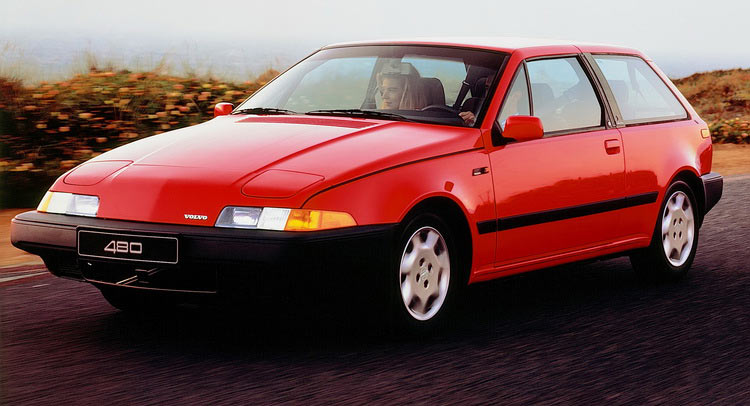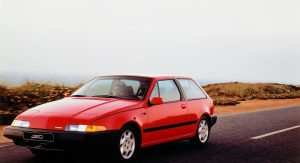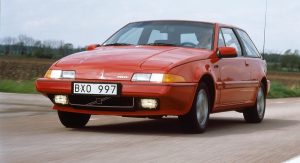When the 1986 Geneva Motor Show opened its gates to the public, the Volvo 480 ES was arguably one of the biggest highlights there.
The 480 ES wasn’t just any old Volvo. It was, in fact, the first front-wheel drive car with a transverse engine produced by the Swedish automaker, and their first ever sports car in over a decade.
It had a wedge-shaped body with a pointy nose and pop-up headlights (quite fashionable during those times), while its glass tailgate rear section paid homage to the classic 1800 ES which went out of production in 1973.
If you’re trying to figure out if Volvo ever followed up on the 480 ES with another model, the answer is yes. It was actually the well-known C30 that stood in as the 480 ES’ successor, when it came out in 2006 – more than 10 years after the 480 ES went out of production.
Anyway, the 480 ES was born when designer John De Vries focused on dynamics and personality when drawing the car – which is what Volvo elected to go with despite alternatives from their own chief designer Jan Wilsgaard and even Carozzeria Bertone.
Technically, one of the features that helped it stand out was the fact that it came with a trip computer, or “electronic information center”, and that’s where the drivers got their info about average consumption, average speed, range and outside temperature.
Powering the 480 ES initially was a 1.7-liter Renault-sourced 109 HP engine, capable of taking this car from 0 to 100 km/h (62 mph) in 9.5 seconds and on to a top speed of 190 km/h (118 mph). What followed was a 120 HP turbocharged unit belonging to the 480 Turbo which came out in 1988, though eventually a new 2.0-liter engine was added, with 110 HP and more torque.
Volvo sold a total of 76,375 units of the 480 ES, with 22,000 of them going to the UK, their largest single market. When production ended in September 1995, Volvo went on to build the first-generation S40 and the rest is, of course, history.







